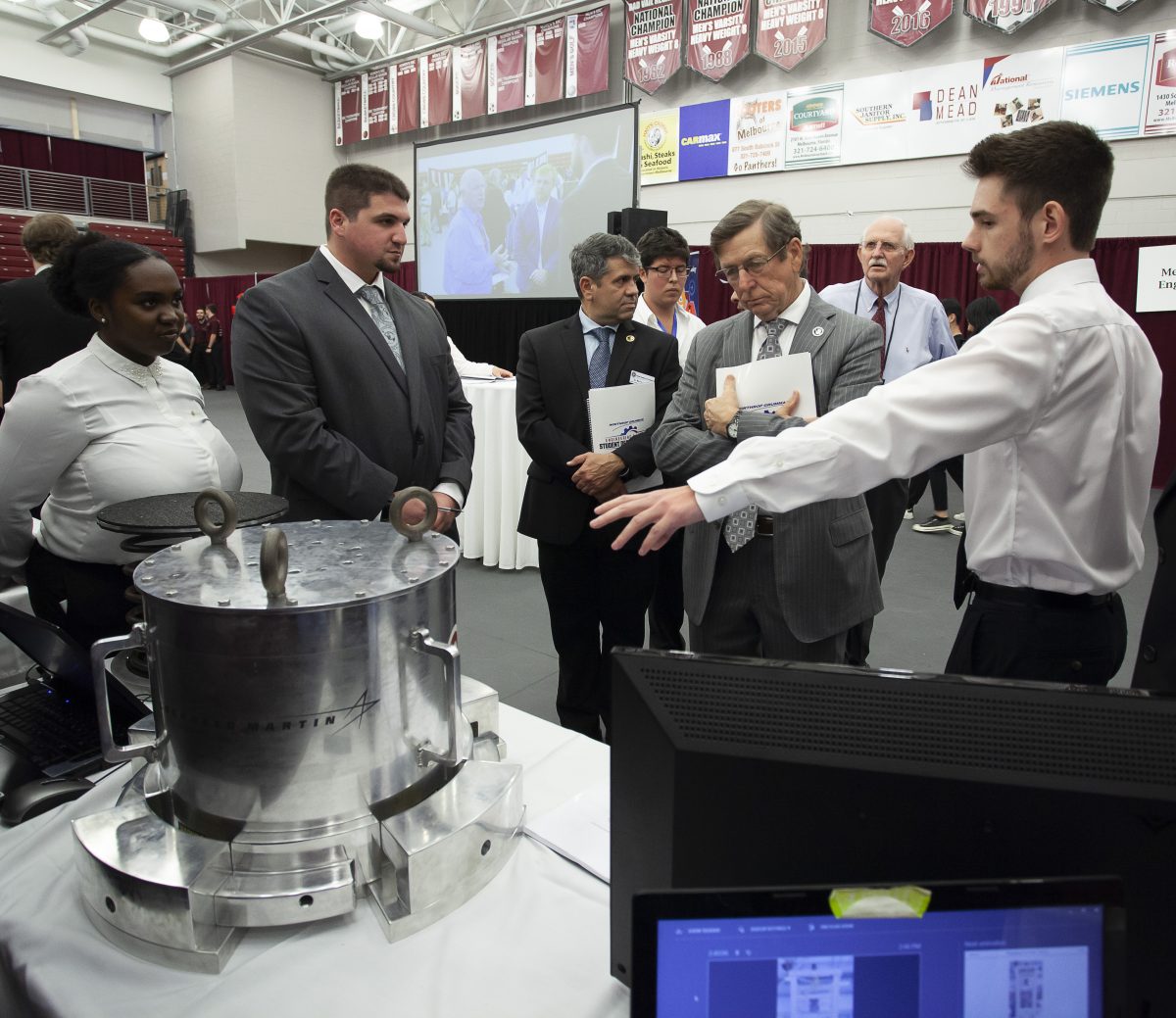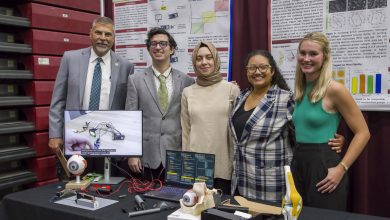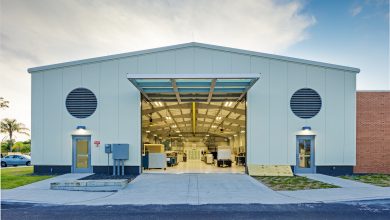Lockheed Martin and U.S. Navy Seek Student Brain Trust for Lifesaving Solution
Even though unexpected piston deployment is rare, Lockheed Martin Corp. and the United States Navy Fleet Ballistic Missile Ground Equipment Team want to make sure it never happens.
When a piston deploys, it could not only damage the multimillion-dollar equipment Lockheed Martin supplied to the U.S. military, it could also severely injure a personnel.
With improved safety systems being a top priority, Lockheed Martin and the U.S. Navy have a vested interest in researching and designing an efficient interface to mitigate these risks.
So to mechanical engineering students David Zanni, Trevor Gebelein, Alana Thornton, Barbara Shreve, Tyler Crawford, Randi Stewart and Garrett Jacobellis, they presented a challenge: Develop a solution to protect their equipment and personnel.
The Navy’s current piston damping system attaches to a nonmodifiable interface using 20 18-inch bolts, which causes binding and makes for an expensive removal process.
“Our design addresses this issue by using an adapter plate at the interface, which reduces the number of bolts by 80% and the length of the bolts by 94%, making removal a viable option,” says Zanni, team leader of the Piston Damping System student design project.
Aside from interfacing, the adapter plate serves as a locking mechanism for the upgraded damping system, which is able to stop a 1,000-pound piston traveling at 3 feet per second. The system would be not only a cost saver but, literally, a lifesaver.
“The solution that we have developed saves money through its simple and effective removal process from the interface,” Zanni says. “For safety, our project stops a piston that would be unexpectedly ejected, which could potentially harm personnel or damage equipment.”
The project was initially given to the team with a list of requirements and a detailed analysis of the interfacing issues that needed to be overcome. However, the team did not actually get to see the current system, which they found to be an advantage.
“This allowed us to brainstorm completely original ideas that solved the problem,” Zanni says. “Due to the originality, I was able to experience the complete design process from start to finish.”
While the team was happy with its streamlined idea that only required two pieces, members realized manufacturing it would be a whole other problem to solve.
“We ran into the issue of how this design would actually be manufactured. So we kept the original concept but redesigned the system into multiple pieces, allowing it to be manufactured within our time frame and allotted budget.”
Now designing for manufacturing is top of mind for Zanni.
“I’ll remember to design for manufacturing for the rest of my career.”
The team’s design won President’s Cup at the 2019 Northrop Grumman Student Design & Research Showcase.






